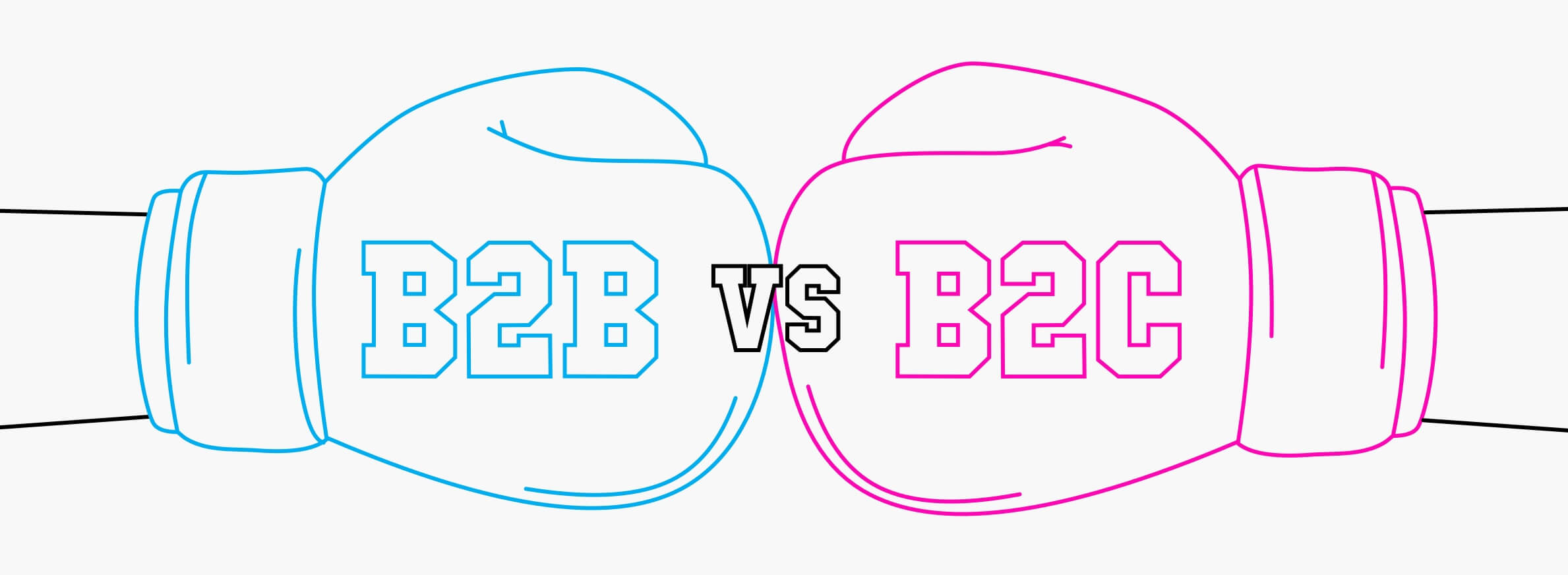Believe me, I know, as these are some of the clients I work with. It can be really tough to come up with ideas, and it really makes me jealous when I see other people in my team having an absolute field day coming up with creative, exciting ideas for our B2C clients.
It’s easy to see B2B and B2C as worlds apart, but the truth is that it doesn’t have to be like that. In fact, there are many ways you can adopt B2C marketing tactics, and make them work for your B2B audience.
With that in mind, here are four things that B2B marketers can learn from their B2C counterparts, with some examples along the way.
Influencer marketing
Influencer marketing is an area that’s well versed by B2C brands, but likely less so by those targeting other businesses. Despite this, it’s something that should be a part of your earned media strategy, accompanying other link building and PR activity. It’s especially important for SEO. That’s because links remain one of the most important ranking factors in search engines. In short, you need links for your site to appear in the highest positions in Google.
To illustrate this, here’s an example from one of our B2C clients: Lexham Insurance.
Approximately 80 to 90 percent of their SEO spend with us is used for link building, where influencer marketing plays an important role. Here’s how their organic traffic growth looks over the last two years they’ve been working with us.
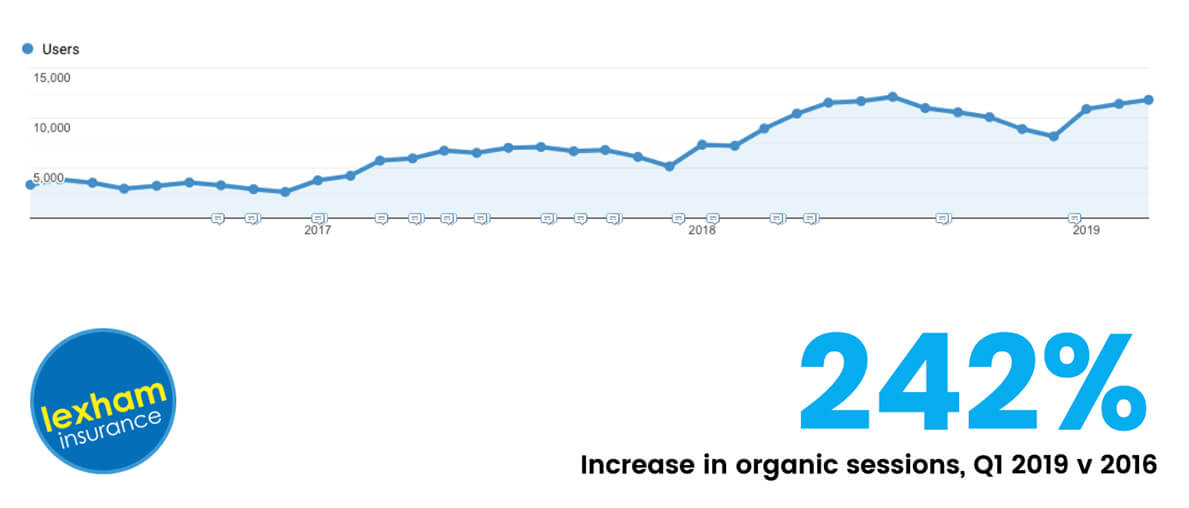
So, what are the influencer marketing tactics you could be using for B2B audiences?
A great way to start is to appoint brand ambassadors. I think this can work great if you have customers who work hard to promote themselves, as they’ll have an incentive to work with you.
We’ve done this with Lexham Insurance, working with seasoned triathlete Garry Blesson to create a series of on- and off-site content. As a well known personality in cycling, working with him has helped to open doors to media coverage for the brand.
This works for B2B as well. Our client Funkin Cocktails holds regular cocktail making competitions for industry professionals, signing on the winners as brand ambassadors to help promote the brand’s ingredients to other bar owners and managers. We then work with those ambassadors to produce content to help boost their search visibility.
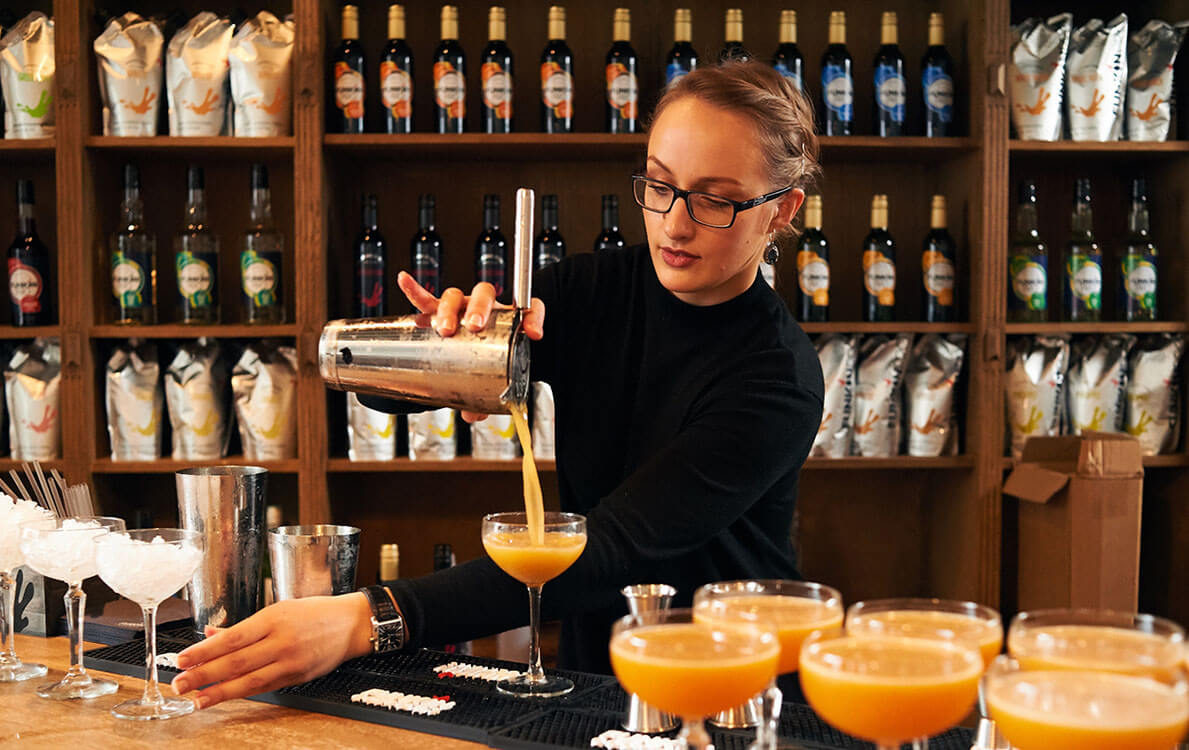
But if your industry is, to put it bluntly, more boring than cocktail ingredients, where should you start?
Platforms like Linkedin, Twitter and Medium are widely used by B2B influencers - even in the dryest of subjects. A great way to begin is to connect with your customers on those platforms, and find those that are actively writing helpful content about their industry.
Then, think about how you can work together - could you work with them on a piece of content that would be mutually beneficial?
The mutually beneficial aspect is key - if both parties get value out of working together, you can develop it into a long relationship and turn your customers into true evangelists for your brand.
Building a community
In a similar vein, many B2C brands are adept at building a community around their products. For example, car and motorcycle brands run clubs for their enthusiasts. Other brands invite fans to help choose new products, such as Lego with their Lego Ideas app. And the music industry is full of examples of artists turning their fans into communities
If you’ve already got a passionate customer base, then an online forum is a great way to create a space for customers to discuss your products, ask questions and provide feedback.
However, that’s a bit old school, and can result in lots of work just to get it off the ground, as well as managing it and preventing spam.
An alternative approach is to use Reddit. Despite being around since 2005, it’s seen a gradual increase in popularity over the years and is increasingly being used by forward-thinking brands.
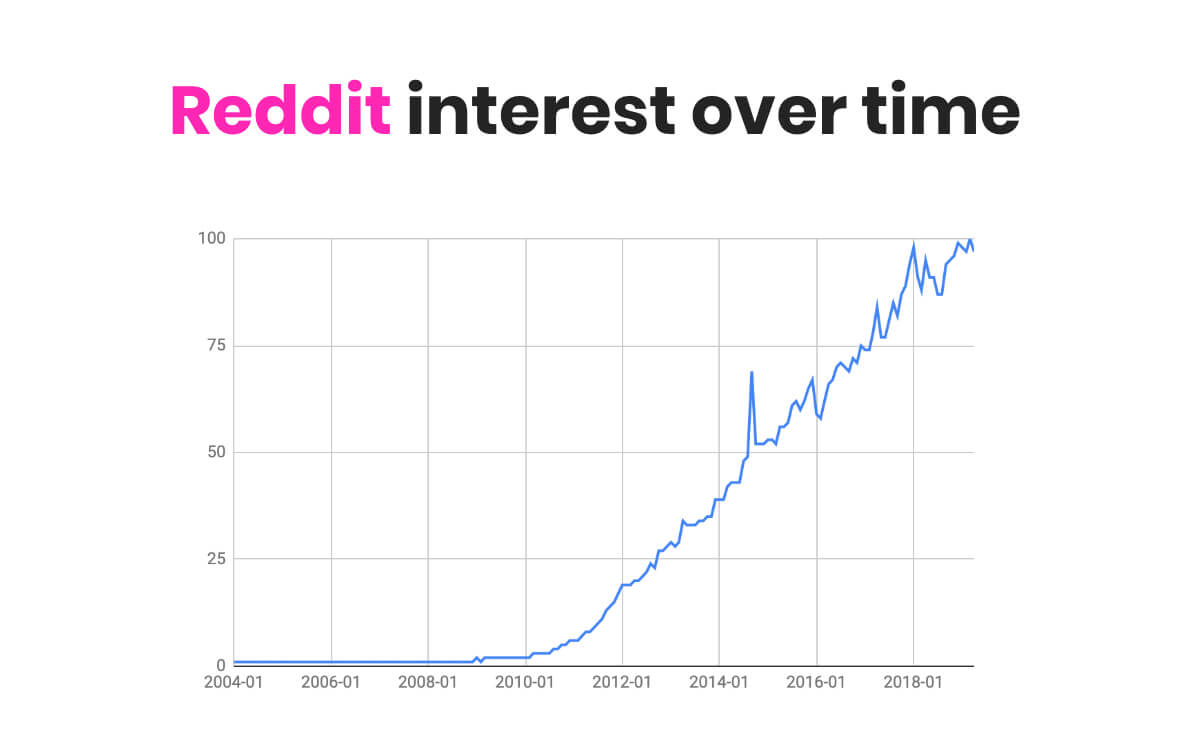
Unknown to many, it’s actually free to create your own Subreddit for your brand. The only prerequisite is having a Reddit account, so no IT headaches there.
It can be a great way for startups to grow a feedback loop between you and your customers, while larger brands can set up different subreddits for specific purposes, such as a support community or ideas for new features.
You can even post in other non-brand subreddits to grow your audience. The best business-related posts average over 1500 words and offer real value, such as telling a story, offering tips or sharing industry insights.
Other popular trends these days include setting up WhatsApp groups or Slack channels for your most passionate customers, which is a great way to build a community for your top customer evangelists.
Finally, let's not forget Youtube, where B2B brands are slowly catching up with their B2C counterparts when it comes to creating useful content. YouTube is the world’s second largest search engine, and a great way to start is to produce educational content, for example how to use your product to achieve specific outcomes.
Personalised content
Using customised content for your users is set to become increasingly important in 2019, and something that’s already fairly common on B2C eCommerce sites in particular.
A major part of this is using dynamic content on your site, which changes according to the user’s needs.
For example, different shipping options can be displayed based on the user’s location, or when they’ll receive their order based on their location and time.
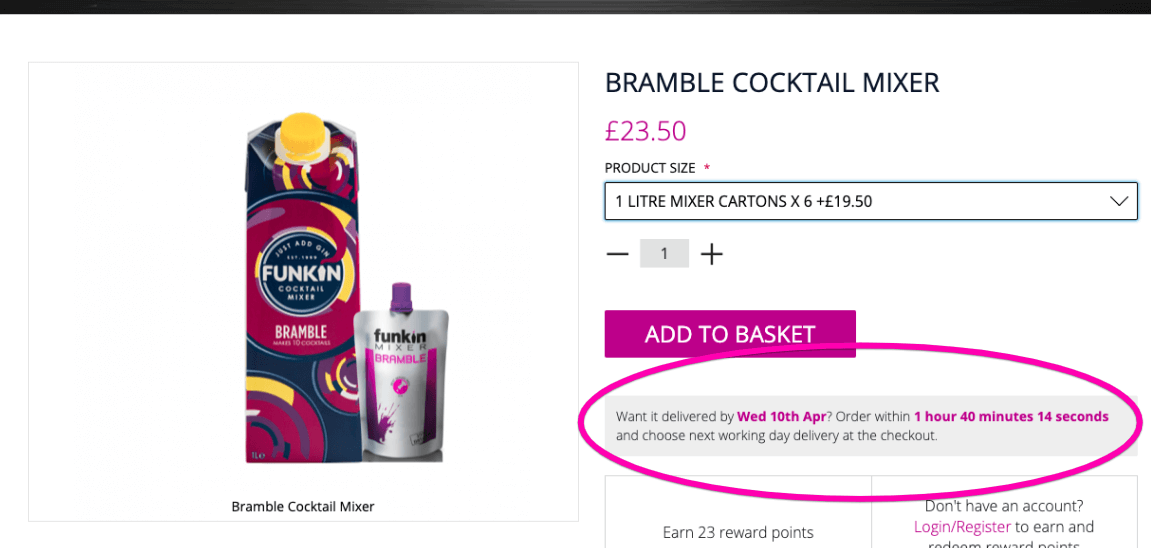
If you run an eCommerce site, then a great first step for customised content is to think about product recommendations.
With our client JDP, a national drainage merchant, we’re using their business intelligence platform to identify which products are commonly bundled together, then using this data to inform which related products should be shown together.
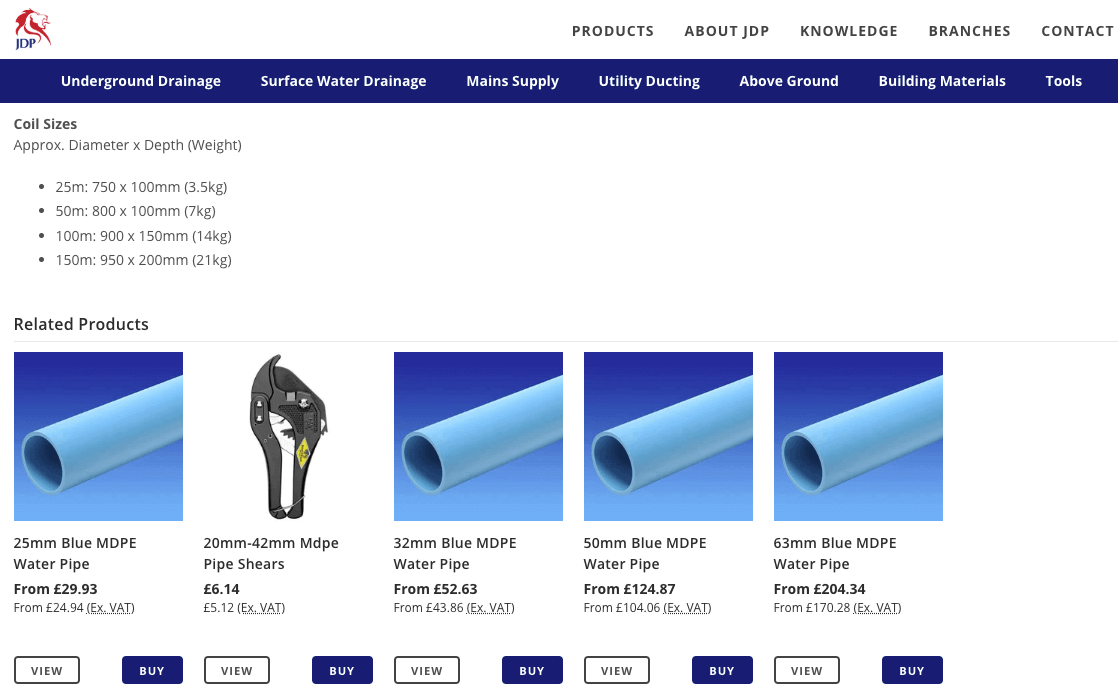
Activity like this has helped to increase their conversion rate over the last couple of years we’ve worked with them.
increase in conversion rate, Q1 2019 vs 2017
There’s plenty of other ways to deliver personalised experiences, such as personalised emails, remarketing, and special calls to action based on the user’s previous activity on the site. Some examples include:
- Identifying behaviour-based user personas
- Personalised emails based on browsing history
- Remarketing ads based on pages viewed
- Changing Calls To Action based on audience types
A growing trend in B2B at the moment is Account Based Marketing, which helps to deliver increased ROI over traditional marketing campaigns. This is done by focusing on sales and marketing efforts towards a clearly defined set of target customers within your market.
Personalised site content plays an important part in this approach, and more and more businesses are planning to adopt ABM methods. If you’re one of them, then exploring how you can implement greater personalisation on your site is an important way to improve your effectiveness.
Writing content for humans
Finally, my last example of things that B2B marketers can learn from B2C brands is to start writing content for humans.
Despite the fact that most of your clients are likely to be actual humans, I still see hundreds of businesses write copy that’s almost incomprehensible to the average person.

The worst offenders, in my opinion, tend to be ‘about us’ pages, and here’s an example where I just can’t work out what’s being said. I’ve kept it anonymous just in case the person who wrote it is reading this article.
We exist to be a sandbox of challenging exploration where we unapologetically push boundaries and explore our world.
I think this is a clear area where lots of B2B marketers can learn from the B2C world. Yes, if you work in a technical industry, you can expect some degree of understanding of industry terms, but that doesn’t mean your landing pages should be a list of jargon phrases and acronyms.
The first step to creating better content is to write content for search intents, not just for keywords. By that, I mean that it’s important to consider why someone might be searching for a term, and ensure your page solves that problem.

Next, inject some emotion into your content. What do your prospects want to learn from the page? What are their objectives, and how can you empathise with this?
Think about whether your content appears as though it can be trusted, too. If you’re not doing it already, consider incorporating information about the people behind the business, for example using author bios for your blog articles.
Trust is an important factor for potential clients, but for Google too. The highest ranking pages in search demonstrate a high level of Expertise, Authority and Trust. It’s critical that your content displays this, and you can find out more about in our article about E.A.T.
To give you an idea of what can be achieved, we’ve been working on a project to revamp the British Assessment Bureau’s knowledge hub. They provide ISO certifications for businesses, and their editorial content wasn’t delivering the results they were after.
Following an audit of the site’s content, we defined a clear tone of voice and began revising old articles. We merged similar pieces together, optimised them for topics based on the customer journey, and even removed 58% of content which didn’t meet the high standards we set out to achieve.
The result is that their top ten article pages saw a 98% increase in traffic, while organic leads increased 29% across all their content.
I think that’s a great example of how more personable, interesting content can resonate better with potential customers. If you think your content isn’t particularly engaging, it’s worth revisiting your strategy and seeing if your articles really help to solve the problems your customers need solutions to.
Hopefully, I’ve shown that being in B2B doesn’t mean marketing has to be boring - there’s plenty of ways to get creative, and there’s nothing wrong with taking a bit of inspiration from things that have worked for B2C brands.
Do you need a helping hand with spicing up your B2B digital marketing strategy? Why not get in touch with our team who specialise in a range of digital marketing services.
